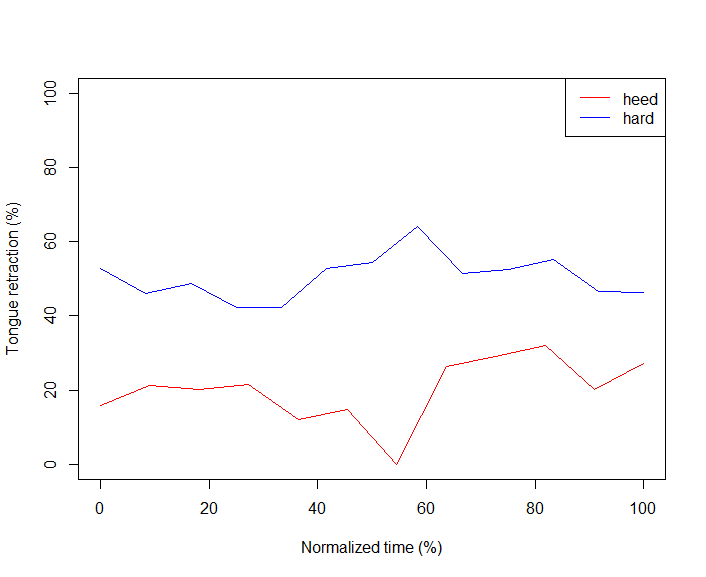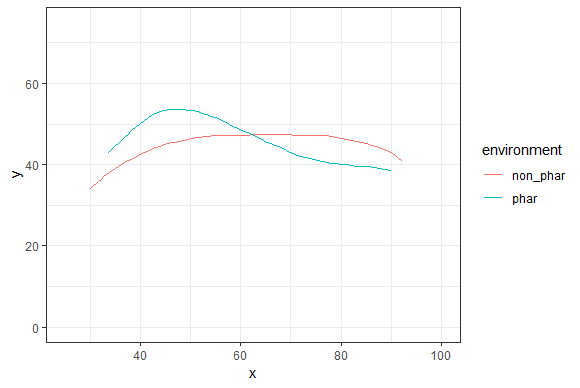On Tuesday, we were delighted to welcome Dr. Byron Ahn for an in-depth workshop on the use of PoLaR in analyzing prosodic features of speech. The three-hour session delved deep into the intricate layers of intonation.
The workshop began by laying the groundwork. While segments in English (like consonants and vowels) shape the words we say, it’s the suprasegmentals that color how we say them. Prosody, thus, captures the nuances in tone, pitch, duration, and emphasis that breathe life into our words.
What sets PoLaR apart in the realm of prosodic analysis? Its rise in popularity stems from its decompositional and transparent labels, making it easy to grasp and apply. Unlike other systems such as TOBI, PoLaR labels concentrate solely on the foundational elements of prosodic structure, namely boundaries and prominences. This results in a richer phonetic detail about the pitch contour. Additionally, there’s no need for a language-specific phonological grammar with PoLaR, making it versatile and cross-linguistically applicable. Yet, it’s essential to note that PoLaR complements other labeling systems, like ToBI, rather than replacing them.
After providing the essential background introduction, Dr. Ahn guided us through the main tiers of PoLaR labelling, including the Prosodic Structure, Ranges Tier, Pitch Turning Points, and Scaled Levels. The session also touched upon Advanced labels, enabling a systematic tracking of a labeller’s theoretical analysis.
We’d like to express our deepest appreciation to Dr. Ahn for imparting his expertise and to all attendees for their active participation!


